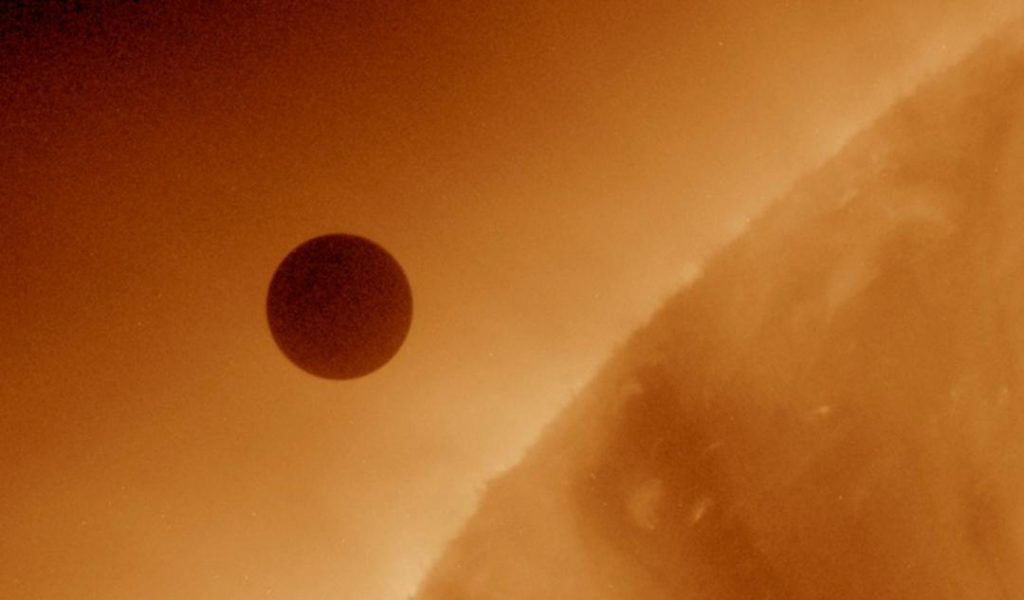
Russia to Launch Venera-D Mission to Revisit Venus Before 2036
Venus, often referred to as Earth’s twin due to its similar size and mass, remains one of the most enigmatic and poorly understood planets in our solar system. With its thick atmosphere and extreme surface conditions, Venus has proven to be a challenging target for space exploration. However, Russia is set to revisit the planet with its Venera-D interplanetary mission, which is expected to launch before 2036.
According to recent reports, preliminary design work on the Venera-D mission will begin in January 2026. Oleg Korablev, Head of the Department of Planetary Physics at the Space Research Institute, stated that the mission’s launch date will be determined after the design stage is complete. The Venera-D mission is planned to include a lander, a balloon probe, and an orbital spacecraft, offering a unique opportunity to study Venus from multiple angles.
The Venera-D mission follows in the footsteps of the Soviet Union’s Venera program, which successfully sent several spacecraft to Venus between 1961 and 1983. The Venera program provided valuable insights into Venus’ atmosphere, magnetic field, and surface composition. However, the Soviet Union’s space program was suspended in the 1980s, leaving a 30-year gap in Venusian exploration.
In recent years, NASA’s Magellan spacecraft and the European Space Agency’s Venus Express orbiter have provided new insights into Venus’ surface and atmosphere. However, these missions have been limited in their scope and duration, leaving many questions about Venus unanswered.
The Venera-D mission aims to address some of these questions by providing a more comprehensive understanding of Venus’ surface and atmosphere. The mission’s lander will be equipped with instruments to study the planet’s surface composition, geology, and atmosphere. The balloon probe will be designed to float above the planet’s surface, collecting data on the atmosphere’s composition and temperature.
The orbital spacecraft will be responsible for providing a global perspective on Venus, studying the planet’s magnetic field, and monitoring its atmosphere. The spacecraft will also be equipped with instruments to study the planet’s rotation, gravity field, and solar wind interaction.
One of the key goals of the Venera-D mission is to study Venus’ surface and atmosphere in unprecedented detail. The mission’s instruments will be designed to withstand the extreme conditions on Venus, including temperatures reaching up to 462°C (863°F) and crushing pressures of 92 times those on Earth.
The Venera-D mission will also provide valuable insights into the planet’s geological history and potential for life. Venus’ surface is characterized by numerous volcanoes and lava flows, indicating a geologically active past. However, the extreme conditions on Venus make it unlikely to support life as we know it.
The Venera-D mission is just one example of Russia’s renewed focus on space exploration. In recent years, Russia has launched several successful missions to the Moon, Mars, and the International Space Station. The country’s space agency, Roscosmos, has also announced plans to send humans to the Moon and Mars in the coming decades.
In conclusion, the Venera-D mission offers a unique opportunity to revisit Venus and gain a deeper understanding of this enigmatic planet. With its lander, balloon probe, and orbital spacecraft, the mission will provide a comprehensive overview of Venus’ surface and atmosphere. The Venera-D mission is a testament to Russia’s commitment to space exploration and its continued efforts to expand our knowledge of the solar system.
Source:
http://www.china.org.cn/world/Off_the_Wire/2025-08/17/content_118029171.shtml






